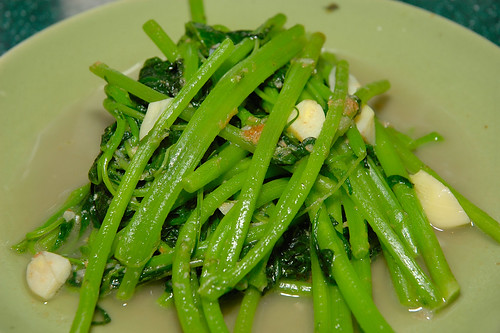Eat Mostly Plants, Especially Leaves.
"Most people associate omega-3 fatty acids with fish, but fish get them from green plants (specifically algae), which is where they all originate. Plant leaves produce these essential fatty acids (“essential” because our bodies can’t produce them on their own) as part of photosynthesis. Seeds contain more of another essential fatty acid: omega-6. Without delving too deeply into the biochemistry, the two fats perform very different functions, in the plant as well as the plant eater. Omega-3s appear to play an important role in neurological development and processing, the permeability of cell walls, the metabolism of glucose and the calming of inflammation. Omega-6s are involved in fat storage (which is what they do for the plant), the rigidity of cell walls, clotting and the inflammation response. (Think of omega-3s as fleet and flexible, omega-6s as sturdy and slow.) Since the two lipids compete with each other for the attention of important enzymes, the ratio between omega-3s and omega-6s may matter more than the absolute quantity of either fat. Thus too much omega-6 may be just as much a problem as too little omega-3..." 

Labels: food science


